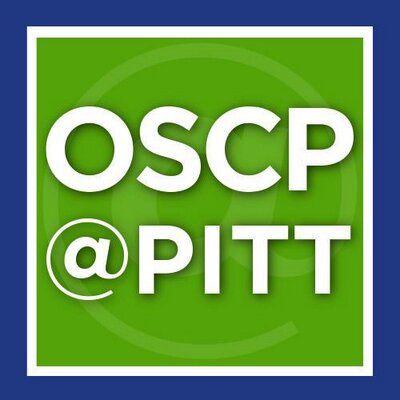Ranganathan, Prerna
(2018)
Chronic serum Cortisol mediates the relationship between IL-6/sIL-6R complex and long-term global outcome after moderate to severe traumatic brain injury.
Master's Thesis, University of Pittsburgh.
(Unpublished)
Abstract
Stress-induced hypothalamic-pituitary-adrenocortical (HPA) axis is a dominant mechanism for maladaptive outcomes after severe traumatic brain injury (TBI). Cortisol, a stress hormone released from the adrenal gland, in an acute setting can act as an anti-inflammatory agent. However, chronic sustained elevations of cortisol are an exacerbating factor for pathogenic responses in a number CNS disorders. Specifically, interleukin 6 (IL-6), a potent pro-inflammatory mediator associated with 6 and 12-month global outcome, is a stress-responsive cytokine that has detrimental effects in the brain. IL-6 and its affinity to its soluble receptor, sIL-6R, is shown to stimulate the HPA axis into a state of sustained chronic stress. Chronic serum cortisol paired with inflammatory cytokines has not been extensively studied in TBI. Thus, the purpose of this study was to investigate the role of IL-6 signaling and the mediating (regulating) effects of cortisol in differentiating global 12-month outcome for N=103 individuals with moderate to severe TBI. Exposure was measured as monthly levels of serum cortisol, IL-6, and sIL-6R. Biomarkers were collected from 2 weeks – 6 months post-injury. Monthly IL-6:sIL-6R ratios were averaged to produce a 6-month mean, and deciled. Outcome was assessed as twelve month GOS scores dichotomized as poor (GOS of 2/3) and good (GOS of 4/5). Group based trajectory analysis on 6-month mean cortisol identified three subgroups – a high, decliner, and riser group. Mediation analysis, adjusting for cortisol trajectory, attenuated the relationship of IL-6:sIL-6R to GOS membership (OR=1.2, p=0.332). These results indicate that IL-6 signaling through the sIL-6R is influenced by cortisol levels. Further, this study begins to characterize propagation of chronic inflammation and the long-term stress response post-TBI as it relates to HPA axis activation and the IL-6 family of cytokines.
Public Health Significance: TBI contributes to a significant portion of disability and death in the world. TBI currently lacks effective neuroprotective treatment. However, the bi-directional communication between the HPA axis and neuroinflammatory markers provides novel insight onto the resolution of chronic inflammation, sustained stress, and poor recovery after injury. Further, IL-6 signaling may be a potential target for treatment intervention, which could alleviate the burden survivors of a brain injury experience.
Share
| Citation/Export: |
|
| Social Networking: |
|
Details
| Item Type: |
University of Pittsburgh ETD
|
| Status: |
Unpublished |
| Creators/Authors: |
| Creators | Email | Pitt Username | ORCID  |
|---|
| Ranganathan, Prerna | prr31@pitt.edu | prr31 | |
|
| ETD Committee: |
|
| Date: |
30 January 2018 |
| Date Type: |
Publication |
| Defense Date: |
8 December 2017 |
| Approval Date: |
30 January 2018 |
| Submission Date: |
26 November 2017 |
| Access Restriction: |
5 year -- Restrict access to University of Pittsburgh for a period of 5 years. |
| Number of Pages: |
50 |
| Institution: |
University of Pittsburgh |
| Schools and Programs: |
School of Public Health > Biostatistics |
| Degree: |
MS - Master of Science |
| Thesis Type: |
Master's Thesis |
| Refereed: |
Yes |
| Uncontrolled Keywords: |
Traumatic Brain Injury, Biomarker, Trans-Signaling, HPA axis, Inflammation |
| Date Deposited: |
30 Jan 2018 22:38 |
| Last Modified: |
01 Jan 2023 06:15 |
| URI: |
http://d-scholarship.pitt.edu/id/eprint/33418 |
Metrics
Monthly Views for the past 3 years
Plum Analytics
Actions (login required)
 |
View Item |








